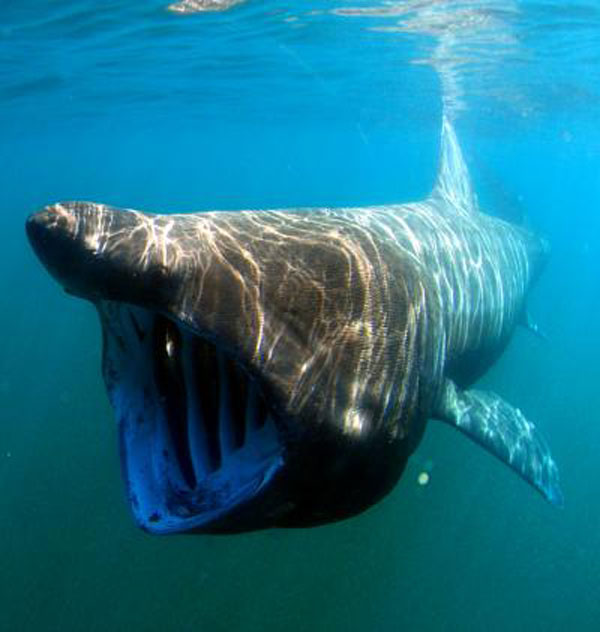
One Third of Sharks, Rays Threatened with Extinction, Study Finds

One third of the sharks, rays and skates on Earth are threatened with extinction, according to a new study by the International Union for Conservation of Nature.
The dramatic numbers are part of a larger, comprehensive IUCN study of the state of the planet's vertebrate populations. The study found that roughly one-fifth of vertebrates are threatened. Among those are cartilaginous fishes, a group that includes sharks, rays and skates.
Previously, more localized shark studies indicated that along the U.S. eastern seaboard alone, populations of some shark species have been cut in half, and some have dropped by a staggering 90 percent.
The newly issued reports are based on an ongoing appraisal of the IUCN Red List, the worldwide standard for assessing the conservation status of species. Red List categories run from "least concern" to "near threatened," "vulnerable," "endangered," "critically endangered," "extinct in the wild" and "extinct."
Placement in a category reflects a species' abundance, reproductive rate, geographic range and other such factors.
Jack Musick, emeritus professor at the Virginia Institute of Marine Science, oversaw the Red List assessment of sharks, skates, and rays by an international team of more than 100 experts.
His group's work suggests 345 of the 1,044 species of cartilaginous fishes studied, or 33 percent of them, are "threatened," a broad grouping that includes species in the "vulnerable," "endangered" and "critically endangered" categories.
Sign up for the Live Science daily newsletter now
Get the world’s most fascinating discoveries delivered straight to your inbox.
Musick cautioned that assessing the exact threat level for cartilaginous fishes is made difficult by a large number of species for which there aren't enough data a reflection of the difficulty and high cost of sampling these underwater creatures .
The assessment shows that threats to cartilaginous fishes (and other vertebrates) occur mainly in the tropics regions where large numbers of species with relatively confined distributions coincide with intensive fisheries.
To reduce the threat to cartilaginous fishes, Musick and his co-authors call for a number of conservation actions. These include habitat protection, management of harvest and trade, adoption of new law and policy measures, and enhanced awareness and education campaigns.











